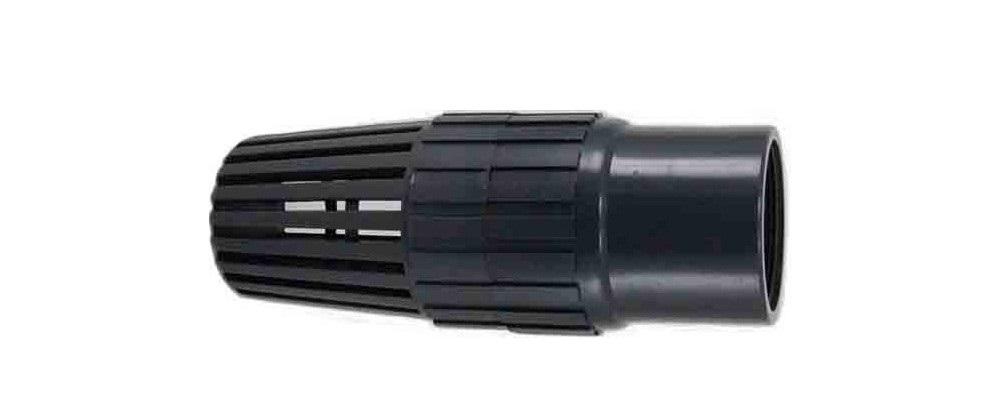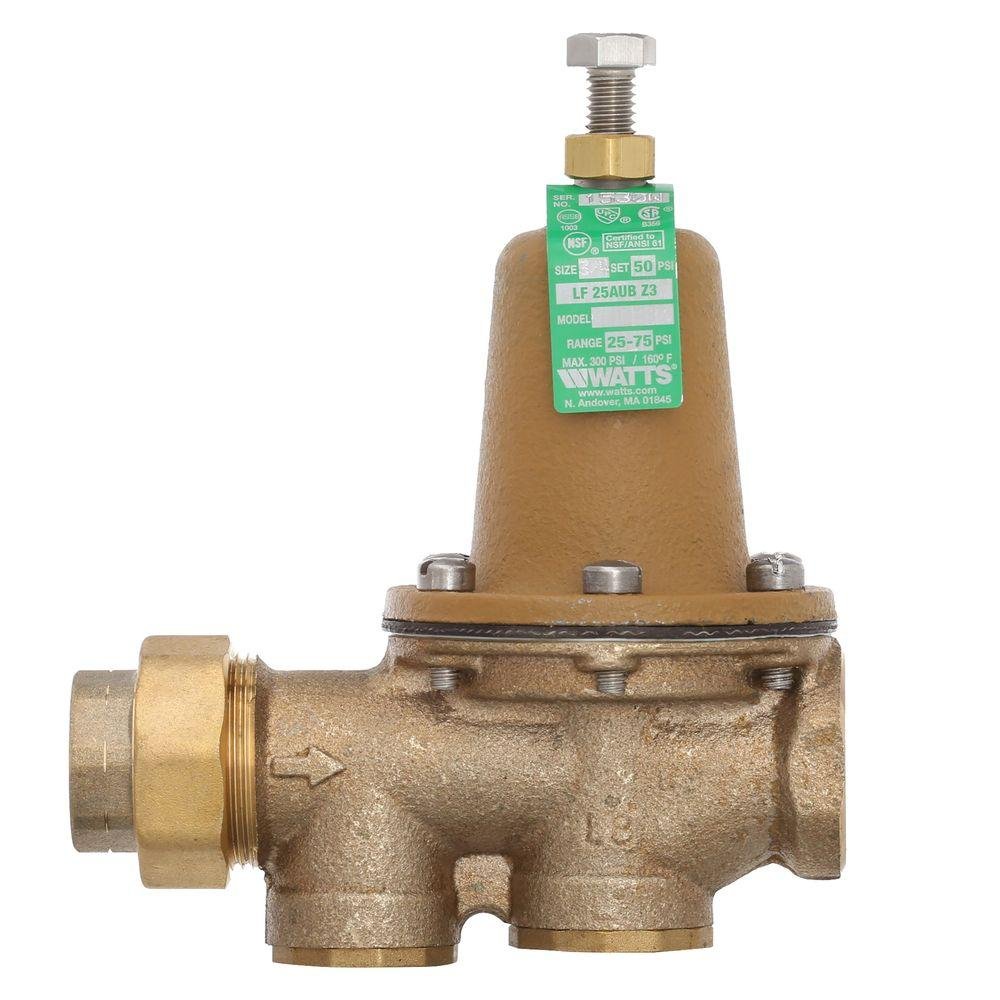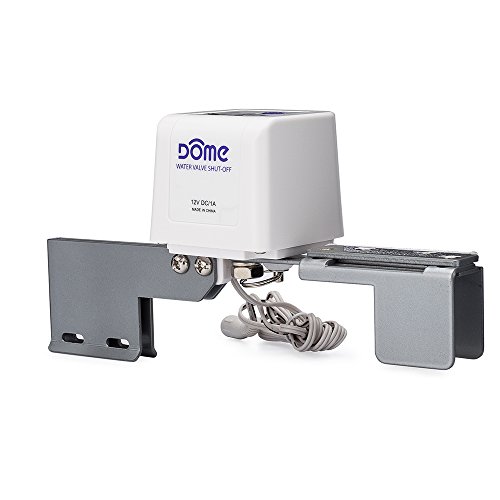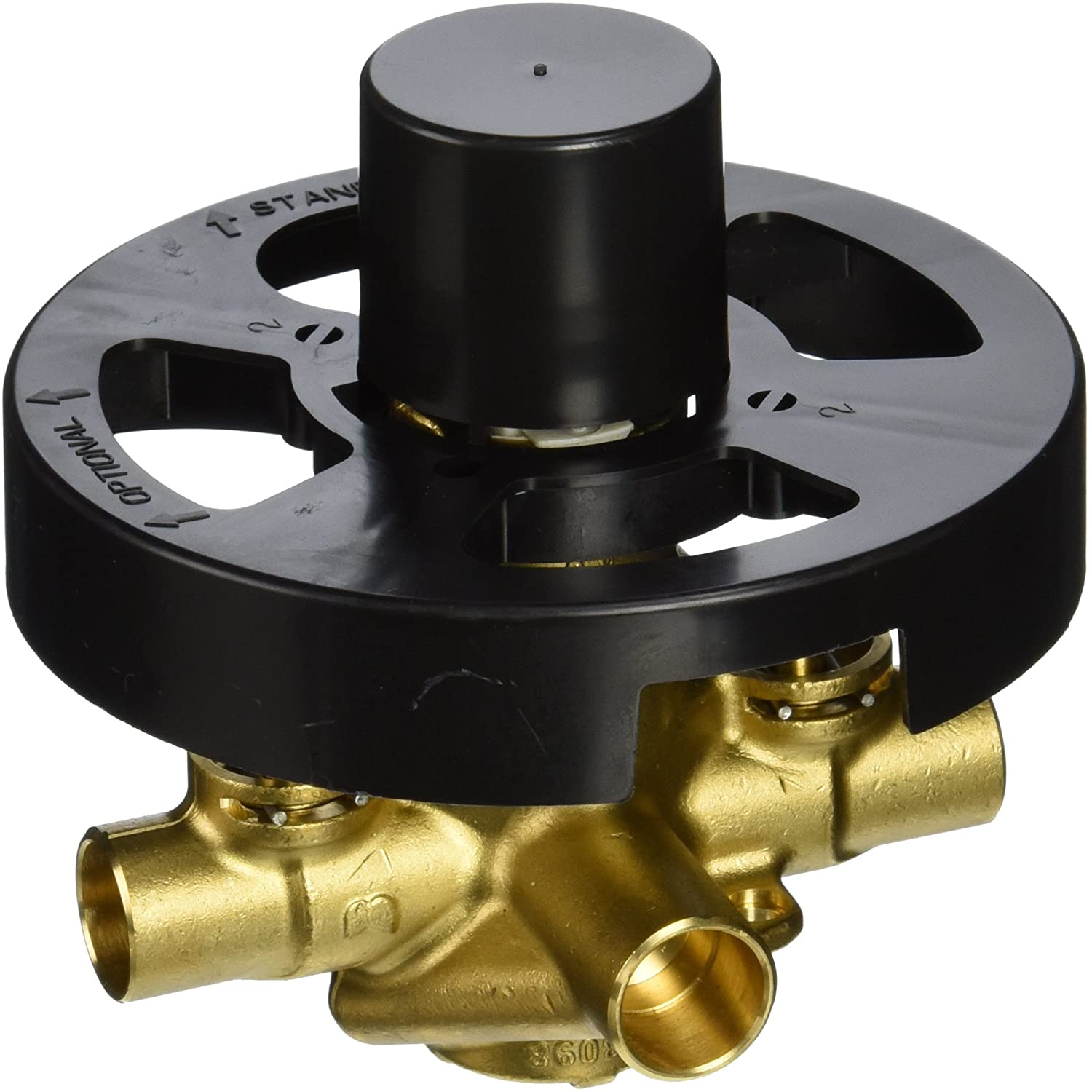The Ultimate Rebar Guide: Strengthening Concrete Structures
Rebar, or reinforcing bar, is a key material in construction, crucial for enhancing the tensile strength of concrete. This article explores the various types of rebar, its applications, and its synergy with geogrid to provide robust structural support.

What Is Rebar and Its Role in Construction?
Rebar is a steel rod or mesh that reinforces concrete, helping to minimize cracks and boost load-bearing strength. It is essential for improving concrete’s tensile strength, which is strong under compression but weak under tension.
Types of Rebar: An Overview
There are several types of rebar available, including epoxy-coated, galvanized, and stainless steel. Each type has unique advantages, such as resistance to corrosion or better bonding capabilities, suited to specific construction environments.
Rebar and Geogrid: A Powerful Partnership
Integrating geogrid with rebar enhances soil stabilization and load distribution. This combination is especially effective in retaining walls or foundations, significantly improving overall structural integrity and prolonging project lifespan.
Choosing the Right Rebar: Considerations
When selecting rebar, consider factors like the environment (corrosive vs. non-corrosive), the structural load requirements, and compliance with local building codes. Making the right choice is crucial for ensuring safety and durability in construction projects.
Rebar is essential for reinforcing concrete, enabling structures to withstand various stresses. By understanding the different types of rebar and their relationship with geogrid, builders can make informed decisions that enhance project safety and longevity. For contractors and DIY enthusiasts alike, comprehending the importance of rebar is vital for successful construction.




